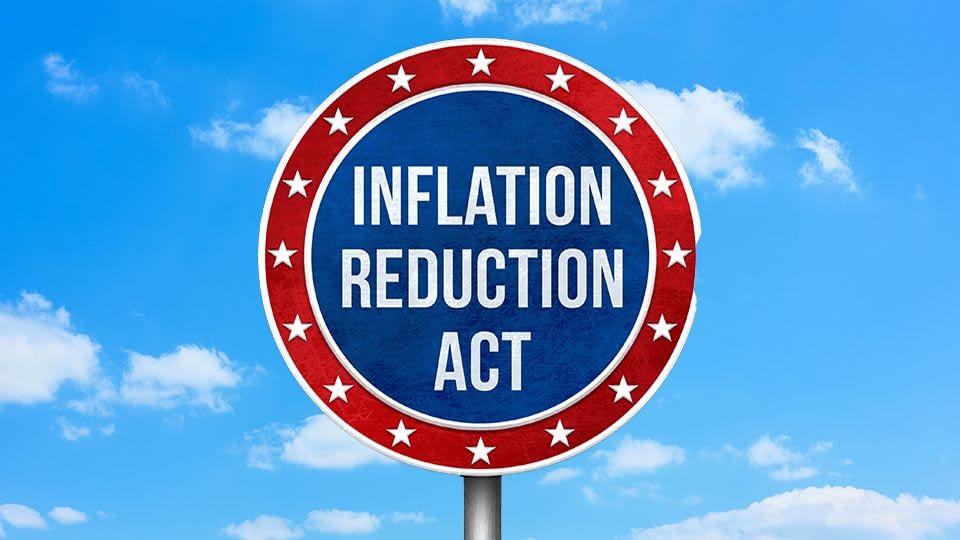Posted by AJ Health and Wealth on 

The Inflation Reduction Act (IRA) of 2022 introduced several key changes to Medicare, primarily aimed at lowering prescription drug costs for seniors and reducing overall healthcare expenses. Here’s how it impacted Medicare:
1. Prescription Drug Price Negotiation
- For the first time, Medicare can negotiate drug prices directly with pharmaceutical companies.
- The negotiation process started in 2023, with the first set of lower prices taking effect in 2026.
2. Insulin Price Cap
- Medicare beneficiaries now pay no more than $35 per month for insulin.
- This applies to insulin covered under Medicare Part D (prescription drug plans) and Part B (for insulin used with pumps).
3. Out-of-Pocket Drug Cost Limits
- In 2025, a $2,000 annual cap on out-of-pocket prescription drug costs will take effect for Medicare Part D enrollees.
- This significantly reduces financial burdens for seniors with high medication costs.
4. Expanded Free Vaccines
- All ACIP-recommended vaccines (like the shingles vaccine) are now free under Medicare Part D.
5. Drug Manufacturer Rebates for High Price Increases
- If drug companies increase prices faster than inflation, they must pay rebates back to Medicare.
- This helps prevent excessive price hikes on medications.
6. Premium and Copay Stabilization
- The IRA limits Part D premium increases to no more than 6% per year from 2024 to 2029.
These changes are designed to reduce out-of-pocket costs for seniors, curb excessive drug price hikes, and improve overall affordability for Medicare beneficiaries.
